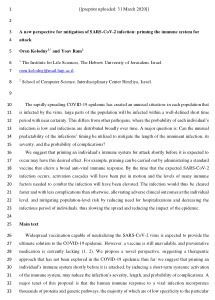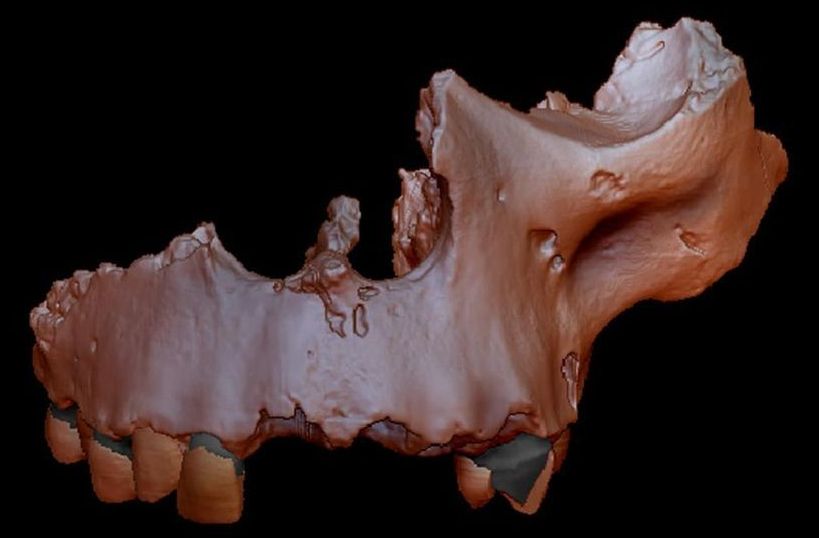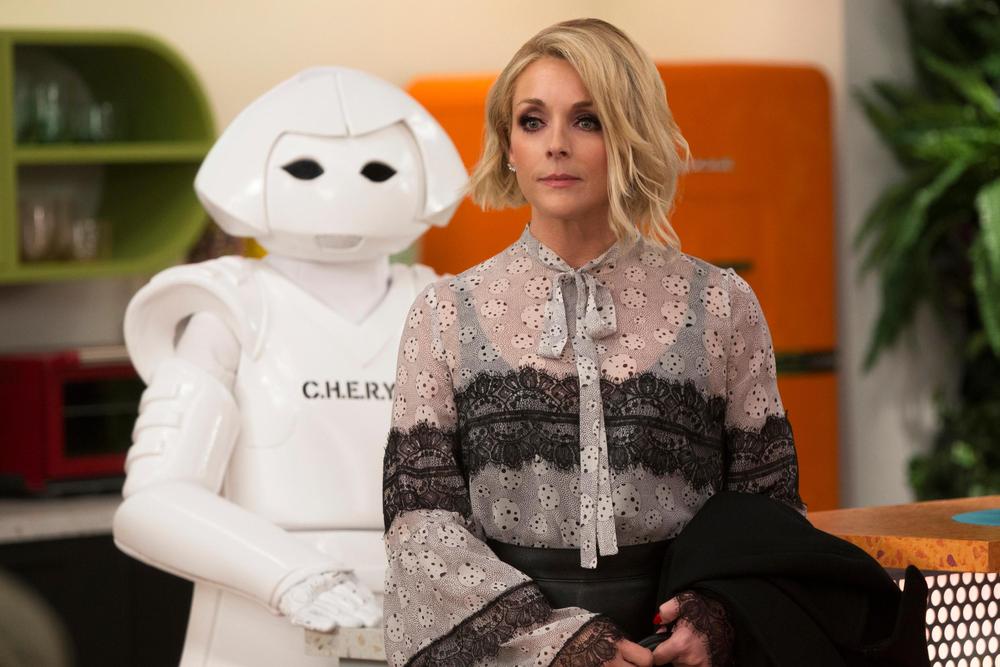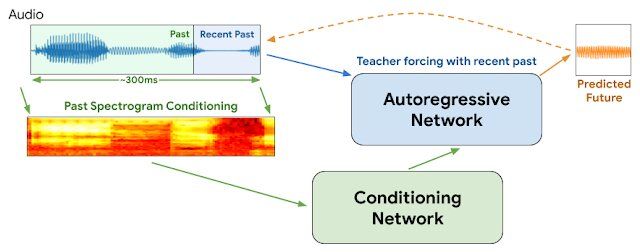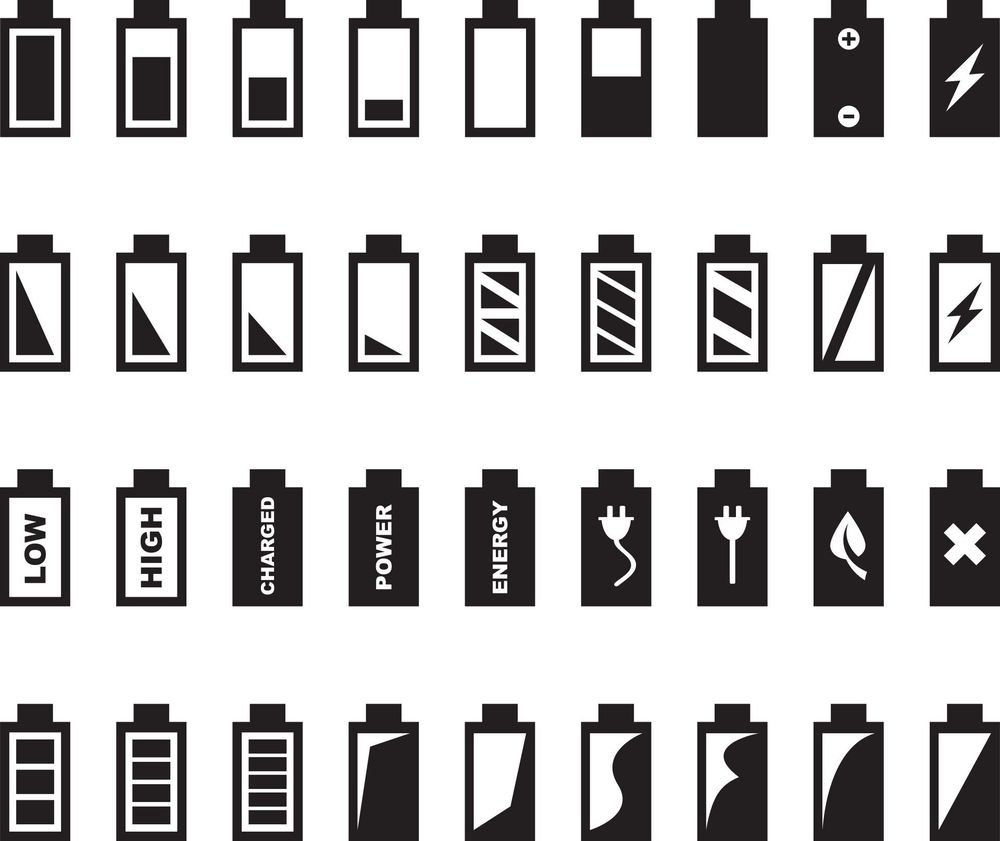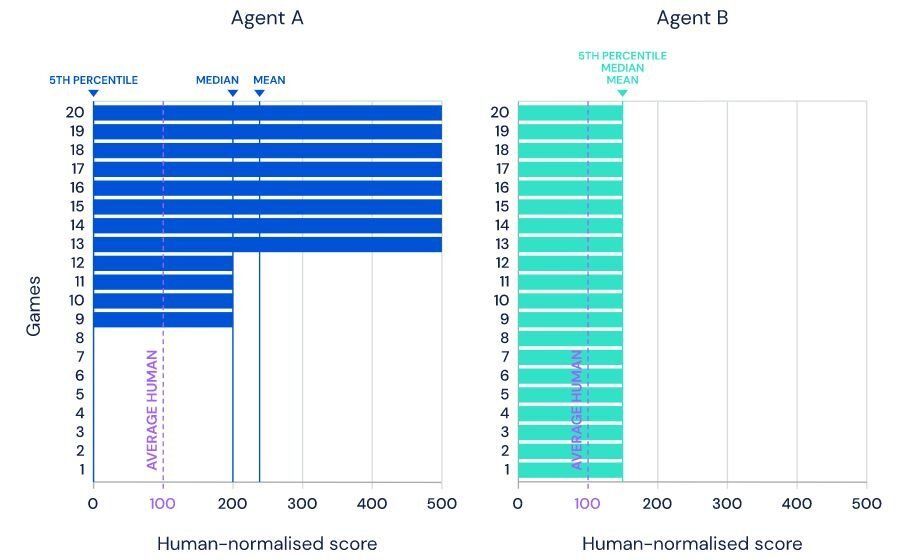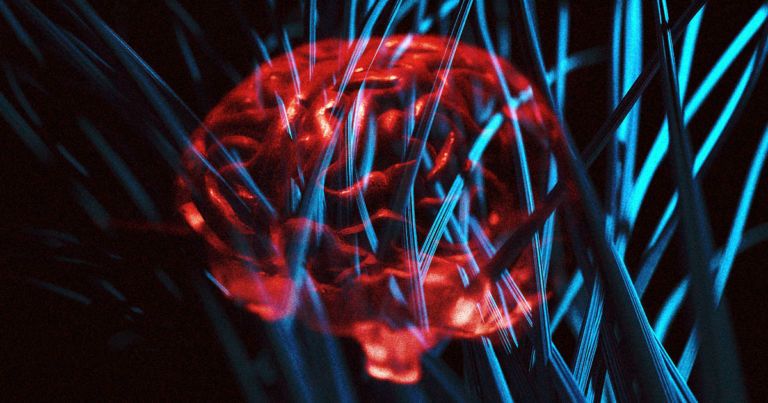The rapidly spreading COVID-19 epidemic has created an unusual situation: in each population that is infected by the virus, large parts of the population will be infected within a well-defined short time period, with near certainty. A major question is thus: Can the unusual predictability of the infections’ timing be utilized to mitigate the imminent infection’s length, severity, and probability of complications?
We suggest that priming the immune system for attack shortly before it is expected to occur, e.g. via a vaccine that elicits a broad anti-viral immune response, may have this desired effect. Early activation of the immune system would allow it to clear the infection faster and with less complications than otherwise. This would alleviate adverse clinical outcomes at the individual level, and mitigate population-level risk by reducing need for hospitalizations and decreasing the infectious period of individuals, thus slowing the epidemic’s spread and reducing its impact.
